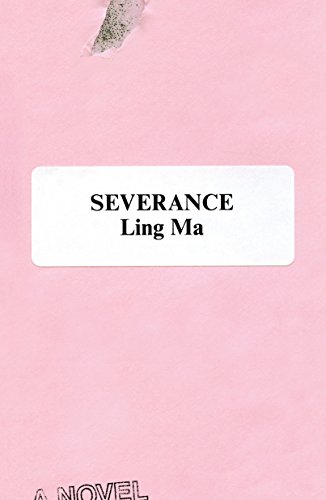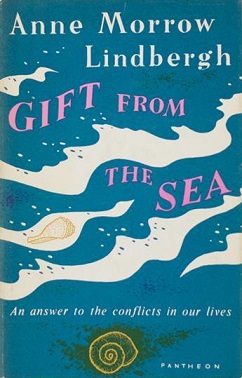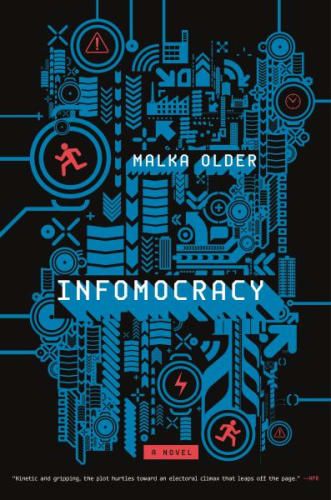Ling Ma’s Severance was the Austin Feminist Sci-Fi Book Club’s pick for August, a meeting I was lucky enough to attend in person for once!
“Here’s a question for everyone,” I announced during an early lull in the conversation. “Describe this book as a mash up of two other works.”
My own answer was Station Eleven and My Year of Rest and Relaxation. Other names that came up included The Last of Us, Girls, The Road, Dawn of the Dead, and Sex and the City. A pattern emerges, but to spell it out more clearly:
Candace, our protagonist, is part of a group of zombie apocalypse survivors led run by a cult-guru-in-the-making named Bob escaping New York City to a shopping mall in Illinois. Why a shopping mall in Illinois? Through some weird happenstance, Bob happens to be part owner of the property. Don’t think about it too much.
The zombies, meanwhile, are not only slow zombies—they’re not even particularly hungry or aggressive ones. Spawned by a fungal infection that can sit dormant for ages until it’s triggered, these zombies are entirely docile and stuck in loops of activity until their bodies give out. We see a family in a dining room go through countless iterations sitting down to an imaginary dinner; another character keeps on trying clothes from her closet. Interspersed with the zombie apocalypse narrative, we get flashbacks to Candace’s life right up until the killer fungus: her family’s contentious move from China and lifelong strain it caused, her father’s unexpected death, her mother’s rapid decline into dementia, her lackluster relationships, her job in publishing various glitzy and gimmicky editions of the Bible.
That’s pretty much it. Some people get infected, some people die, and the narrative eventually just…peters out.
Everyone at the meeting agreed that a lot of the public health responses to the fictional virus (or well, fungus) in Severance felt very Covid-y despite the 2018 publication date; my hypothesis is that Ma drew from how epidemics like bird flu and swine flu were handled in Asia when it came time to write about how an actual pandemic would unfold. We were also all in agreement that the book felt very gimmicky with a lot of vague ideas that were only half explored and that at the same time felt like pretty heavy-handed critiques and observations of Our Current Society. Candace is passive to the point of frustration, making poor decision after poor decision, and none of the other characters really have a distinct personality (except Bob the cult leader). To me it read like a novel of the Chinese Immigrant Experience but then someone suggested to Ma that she examine it through the framework of a zombie story instead and…I don’t know. I’m not mad I read it, but it never really coalesced into something coherent.











